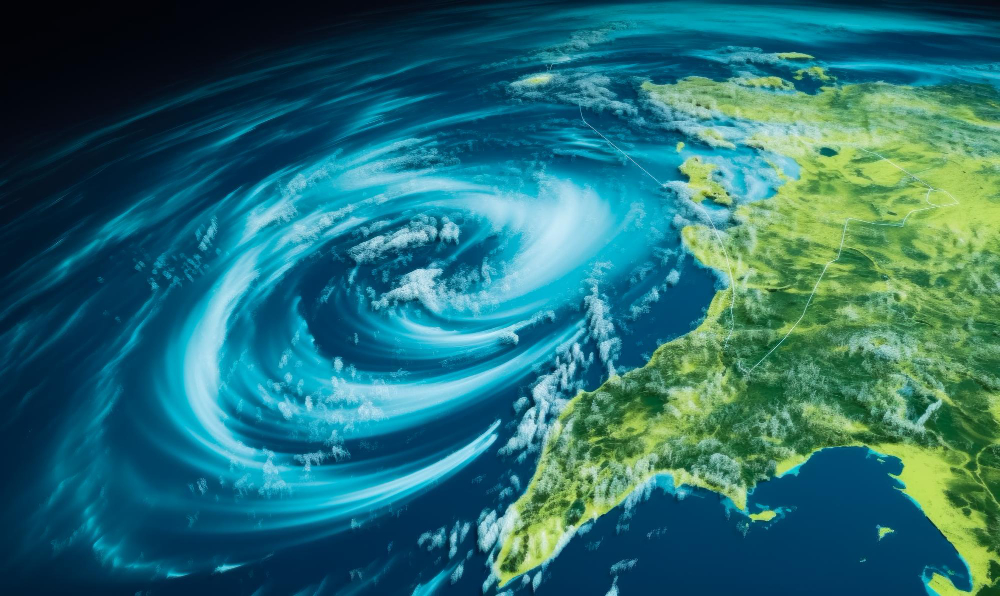#1: Stay Informed
Stay updated on the hurricane’s progress by monitoring local news, weather apps, or the National Hurricane Center. Pay attention to hurricane watches (conditions favoring hurricane formation) and warnings (hurricane conditions are expected within 36 hours). Stay informed about evacuation orders or any emergency instructions issued by local authorities.
#2: Create an Emergency Plan
Develop an emergency plan that includes evacuation routes, designated meeting points, and contact information for family members or friends. Prepare an emergency kit with essential supplies like non-perishable food, water, medications, batteries, flashlights, and important documents.
#3: Secure Your Property
Take measures to protect your home before a hurricane strikes. Board up windows and reinforce doors. Trim trees and remove any loose objects from your yard that could become projectiles in high winds. Secure or bring indoors any outdoor furniture, grills, or other items that could be swept away.
#4: Evacuate if Necessary
If local authorities issue an evacuation order for your area, follow it promptly. Have a plan for transportation and know where you will go. Take your emergency kit and necessary personal items with you. Stay informed about evacuation routes and any designated shelters along the way.
#5: Stay in a Safe Location
If evacuation is not required or not possible, seek shelter in a sturdy building, ideally on an upper floor away from windows. Choose an interior room or hallway without windows, preferably in the center of your home. Keep your emergency supplies and a charged phone with you.
#6: Monitor the Weather Conditions
Stay tuned to weather updates and listen for official instructions or announcements. Hurricanes can intensify quickly, so be prepared to adjust your plans or seek further shelter if conditions worsen.
#7: Be Cautious of Storm Surge and Flooding
Storm surge and flooding are major threats during hurricanes, especially if you live in coastal areas. If you are in a low-lying area prone to flooding, move to higher ground. Avoid walking or driving through flooded roads, as water may be deeper or moving faster than it appears.
#8: Stay Safe Indoors
During the hurricane, stay away from windows and exterior doors. Close interior doors to provide an additional barrier. If the power goes out, use flashlights instead of candles to reduce the risk of fire. Avoid using generators or grills indoors due to the risk of carbon monoxide poisoning.
#9: Wait for the All-Clear
Remain indoors until local authorities declare the hurricane has passed and it is safe to go outside. Even after the storm, be cautious of hazards such as fallen power lines, debris, or weakened structures.
#10: Assist Others if Safe
If you are able to do so safely, check on neighbors, particularly the elderly or those with special needs. Offer assistance or alert authorities if necessary. Be mindful of potential dangers and follow proper safety precautions.
#11: Document Damage for Insurance Claims
If your property sustains damage, document it thoroughly by taking photographs or videos. Contact your insurance company as soon as possible to begin the claims process.
#12: Take Care of Emotional Well-being
The aftermath of a hurricane can be emotionally challenging. Reach out to friends, family, or support organizations for emotional support and guidance. Remember to prioritize self-care during the recovery process.
By following these numbered steps, you can be better prepared to face the challenges of a hurricane. Stay informed, stay safe, and stay resilient during these severe weather events.
